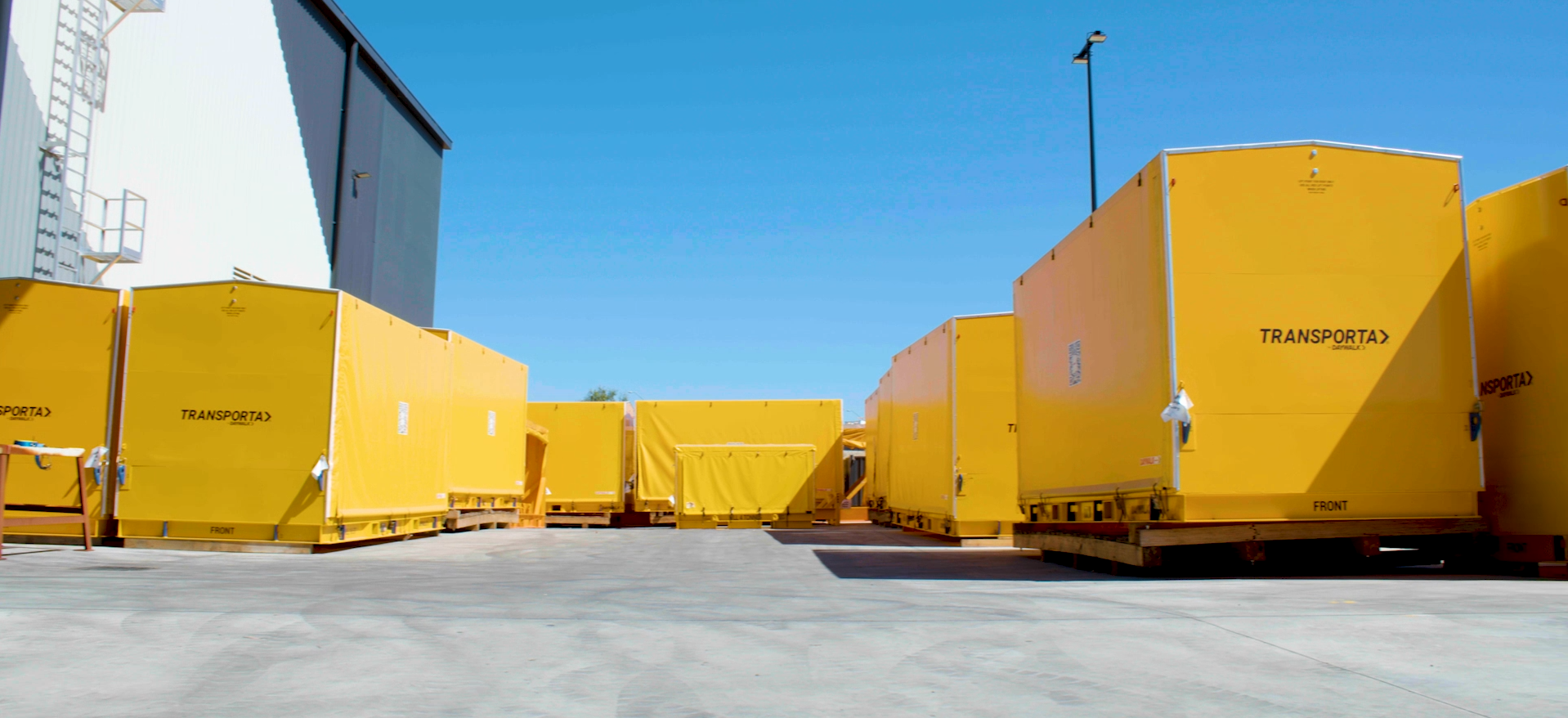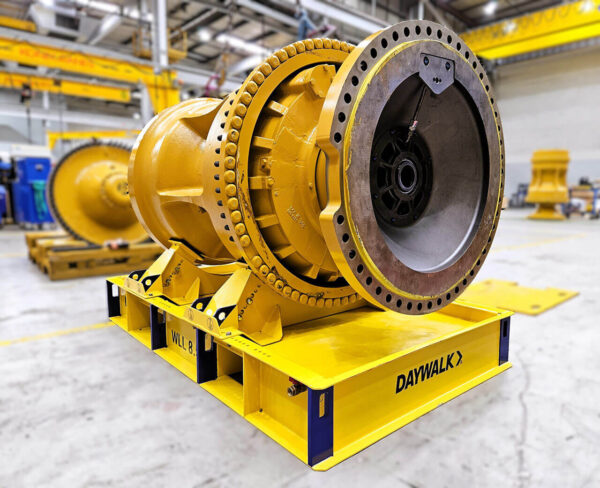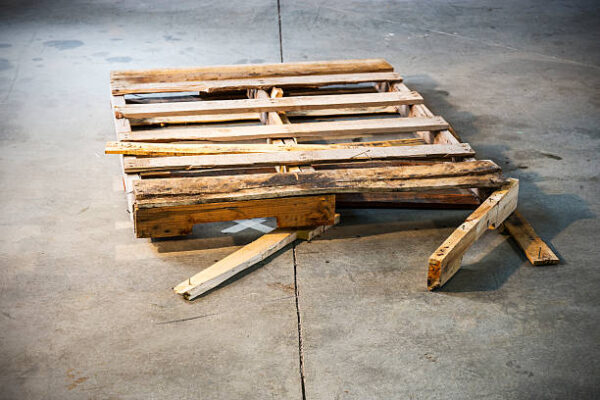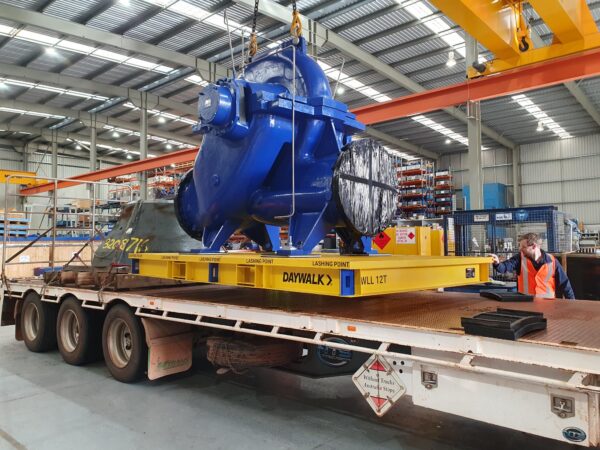Structural and logistics engineering are two distinct disciplines that come together and form the backbone of DAYWALK’s heavy industry transport, storage and preservation solutions. They play essential roles in the design and optimisation of our products, which serve the needs of heavy industry for safe and compliant logistics and supply chain infrastructure. Here are the key differences between these two disciplines.
Structural Engineering
Structural engineering primarily deals with the effects of load in a static, storage environment.
Regulations, including the Australian standards AS3990-1993, dictate the guidelines for the design, fabrication, erection and maintenance of steel structures used in mechanical equipment, with a specific focus on structures subjected to dynamic loading (as is the case with heavy industry transportation).
DAYWALK’s structural engineers ensure strength, stability and durability are maintained under various operational conditions as they design and build with full consideration of material selection, structural analysis, load calculations, welding and inspection procedures for ongoing performance and safety.
Logistics Engineering
Logistics engineering at DAYWALK focuses on how a frame performs when subjected to forces while in transport.
For transport frames, it is critical to ensure they are logistics engineered as well as structurally certified to ensure they will be compliant on the roads. For example, DAYWALK independently tests the force of emergency braking on our frames, which involves assessing the frame’s structural integrity and load-securing systems when subjected to sudden deceleration forces. This testing is critical to ensure that the transported goods, as well as the transport frame itself, remain secure and undamaged during emergency braking scenarios.
In addition, load restraint performance standards outline strict criteria for transportation including:
Load Securement: The minimum requirements for securing different types of heavy loads, considering their weight, dimensions, and centre of gravity. This involves using appropriate restraints to prevent shifting or movement during transit.
Strength and Durability: The strength and durability requirements for load restraints. This includes the tensile strength and other mechanical properties of straps, chains and fasteners to ensure they can withstand the forces exerted during transportation.
In short, both structural and logistics engineering form the basis for the design and construction of DAYWALK’s transport and storage frames. As a combined force, they guarantee that our products are a high-performance, compliant solution that ensures the safe and secure transport of large and heavy equipment, machinery or components used in industries like construction, mining, and manufacturing.
At DAYWALK, we believe that every life is precious. With this as our guiding principle, we create heavy industry transport and storage solutions that protect your assets and your people, going above and beyond the minimum requirements to create world-class structural and logistics engineering solutions.








